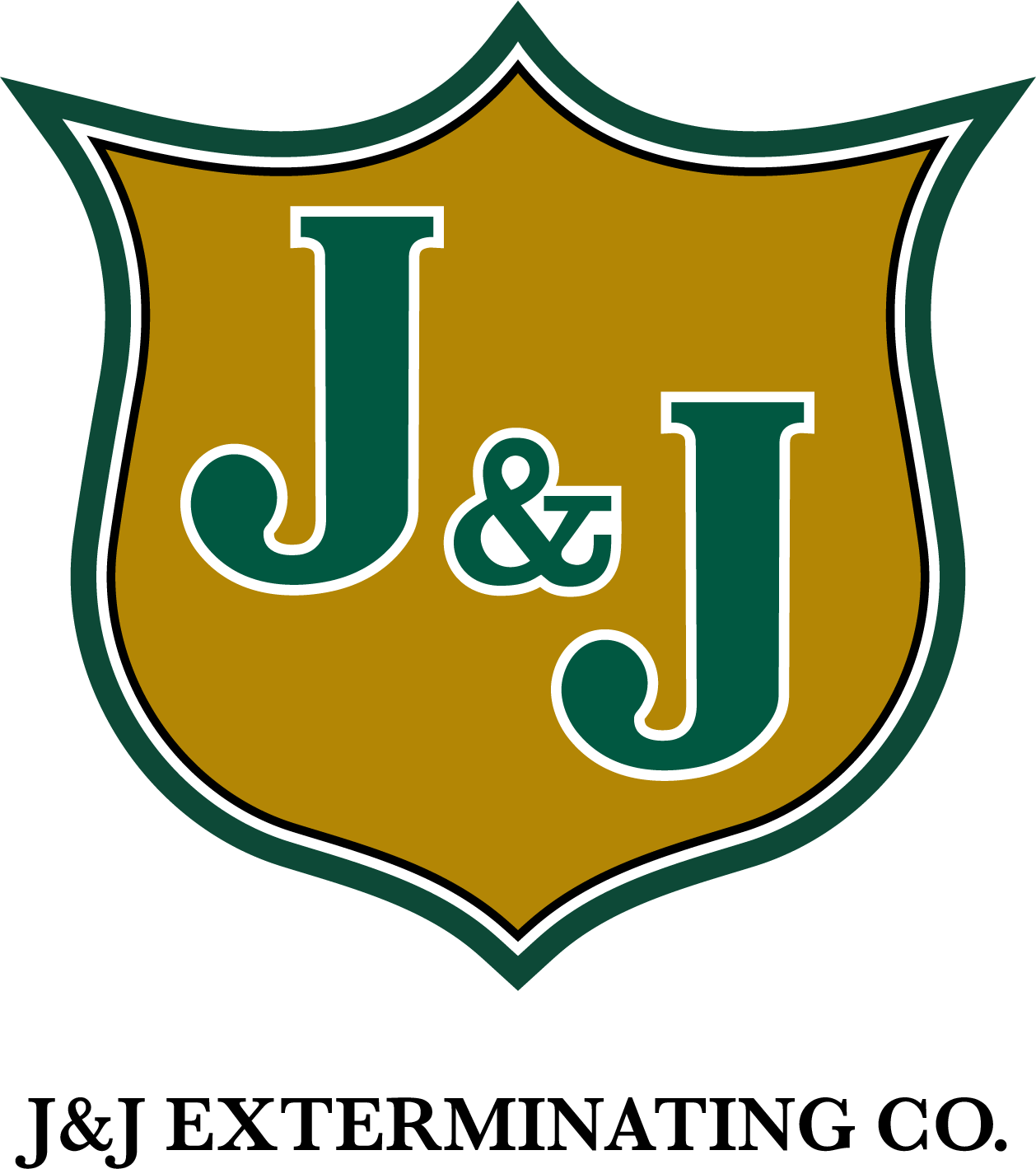Termite swarms have a way of evoking fear and hinting at property damage that is often hidden from view. Whether you’re a new homeowner or a seasoned one, understanding termite swarms can mean the difference between catching an infestation early and contending with costly structural repairs. This comprehensive guide, provided by J&J Exterminating, is designed to help you identify termite swarms on your property and take the next steps to address these highly organized and incredibly destructive pests.
The Alarming Appearance of Termites
For many homeowners, the first sign of termites is a terrifying sight: a cloud of winged insects ascending from the depths of their home. These winged termites, or “swarmers,” are sexually mature adults searching for new places to establish a colony. They are usually seen in the spring, seeking out the light at dusk or on a warm day. What makes these swarms particularly alarming is not their number, but the implications of their presence.
The Routine Behind the Swarms
Termite colonies are typically organized into castes, with distinct groups of termites assigned different tasks. Among these are the workers, soldiers, and reproductives. The reproductives are responsible for starting new colonies, and they are the ones you’ll most often see during a termite swarm.
Why Wings Matter
The swarmers have a short lifespan focused on establishing new colonies. Once they find a suitable location, they shed their wings and pair up to eventually become the king and queen of a new termite colony. If you find discarded wings near windows, doors, or light sources, it’s a good indication that swarming termites have chosen your home as a potential host.
—
Identifying Termites From Their Look-Alikes
Not all flying insects are termites, and mistaking another pest for a termite can delay proper treatment. Here are a few signs to look for that will help you distinguish between common winged insects in your area:
Ant or Termite?
Ant swarmers, also known as flying ants, are the most common look-alikes for termite swarmers. They can both have a brownish or black coloration, but there are distinct differences:
- Antennae: Termites have straight antennae, while ants’ antennae are elbowed.
- Waist: Termites have a broad waist, while ants have a constricted waist.
- Wings: Similar in size, termite wings are the same length and shed before mating, while ants’ wings are of different sizes and shed later, after mating.
Maturity and Size
Termite swarmers are generally larger than worker termites and have reproductive organs, which you may be able to see through their translucent body segments.
Damage Indicators and the Search for Swarming Grounds
After a termite swarm, the next step is to look for signs of an infestation. The following are key indicators that termites have not just visited, but likely planned a permanent stay:
Mud Tubes
Subterranean termites create mud tubes to move from the soil to wood, and these tubes are a sure sign of an established, damaging infestation. They are often present along your home’s foundation.
Wood Damage
Termite presence will first be noticeable in wood. Look for hollowed-out or damaged wood, particularly in basements, attics, and other areas with less traffic.
Cracks in the Foundation
If you spot any cracks in your home’s foundation, they may serve as termite entry points. Termites can fit through incredibly small spaces, and they’re not ones to overlook an easy access route to their favorite meal—your home’s wooden structures.
Responding to a Termite Swarm Sighting
A termite swarm is nothing short of an urgent signal to act. Here are your options for responding to such a sighting:
Assess the Extent of the Swarm
Take note of where you saw the swarm. This can provide crucial information for the exterminator who will inspect your property.
Contact Professional Exterminators
Calling a professional exterminator, such as J&J Exterminating, is the most efficient way of not only identifying termite swarms but dealing with the infestation that may have already taken root in your home.
Protect the Swarmed Area
In the meantime, it’s wise to prevent further access or damage. Remove any debris, such as old firewood, around the area. Also, seal off entry and other potential nest sites, such as cracks and crevices, as a temporary measure.
Long-Term Termite Prevention
After a termite infestation is cleared, the next step is prevention. Termites are resilient creatures and multiple generations can be present in a single colony. Here are some long-term measures to make your home less appealing to them:
Regular Inspections
Set a schedule for termite inspections, especially during the swarming season. Catching an infestation early can save you significant headaches and expenses.
Maintain Wooden Structures
Keep wooden parts of your home well-maintained and dry. Termite colonies need moisture, so make sure leaks are addressed and wood is properly treated.
Chemical Barriers
Consider treating the soil around your home with a chemical barrier that repels termites. This is an effective line of defense against future invasions.
Professional Advice
Consulting with pest control professionals is an ongoing process. They can provide the most up-to-date guidance and treatment options for your specific location and home.
The Emotional Toll and Community Support
Dealing with a termite swarm can be stressful, but know that you’re not alone. Reach out to local support groups and community forums to find others who have gone through a similar experience. Sharing tips and stories can help you feel more in control and informed about your situation.
Sharing Stories and Solutions
Communities often share stories not only to commiserate but also to help each other find effective solutions. Tap into these sources for emotional support and practical advice.
Knowledge is Power
Educate yourself about termites and their habits. The more you know, the better equipped you’ll be to face the issue head-on and potentially prevent swarms in the future.
Don’t Ignore the Swarms
Termite swarms are a war wound no homeowner wants to bear. Early identification and swift action are your best defenses. Remember to stay calm, identify the pests accurately, assess the situation, and act swiftly by enlisting the help of professional pest control services like J&J Exterminating. Together, we can protect your home from the wiles of the most vizier of home invaders, the termite.
As a homeowner, your vigilance and informed response will go far in mitigating any potential damage. Regular inspections, education, and a sturdy prevention plan can help keep termites at bay.
To learn more about termite swarm identification, or to schedule a professional pest inspection, visit us at www.jjext.com. Our team at J&J Exterminating is ready to assist you with the knowledge and services you need to protect your home sweet home—the termite-free way.




